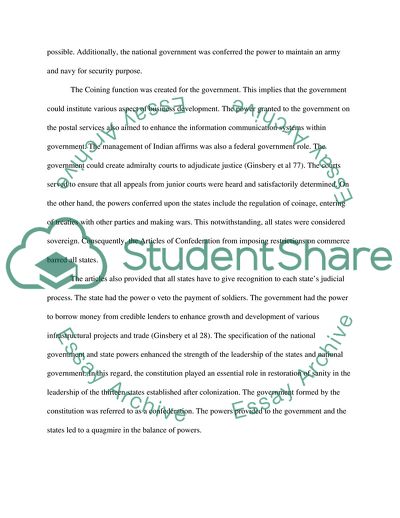Cite this document
(Articles of Confederation and the Constitution Essay - 15, n.d.)
Articles of Confederation and the Constitution Essay - 15. https://studentshare.org/social-science/1881519-writers-choice
Articles of Confederation and the Constitution Essay - 15. https://studentshare.org/social-science/1881519-writers-choice
(Articles of Confederation and the Constitution Essay - 15)
Articles of Confederation and the Constitution Essay - 15. https://studentshare.org/social-science/1881519-writers-choice.
Articles of Confederation and the Constitution Essay - 15. https://studentshare.org/social-science/1881519-writers-choice.
“Articles of Confederation and the Constitution Essay - 15”. https://studentshare.org/social-science/1881519-writers-choice.


